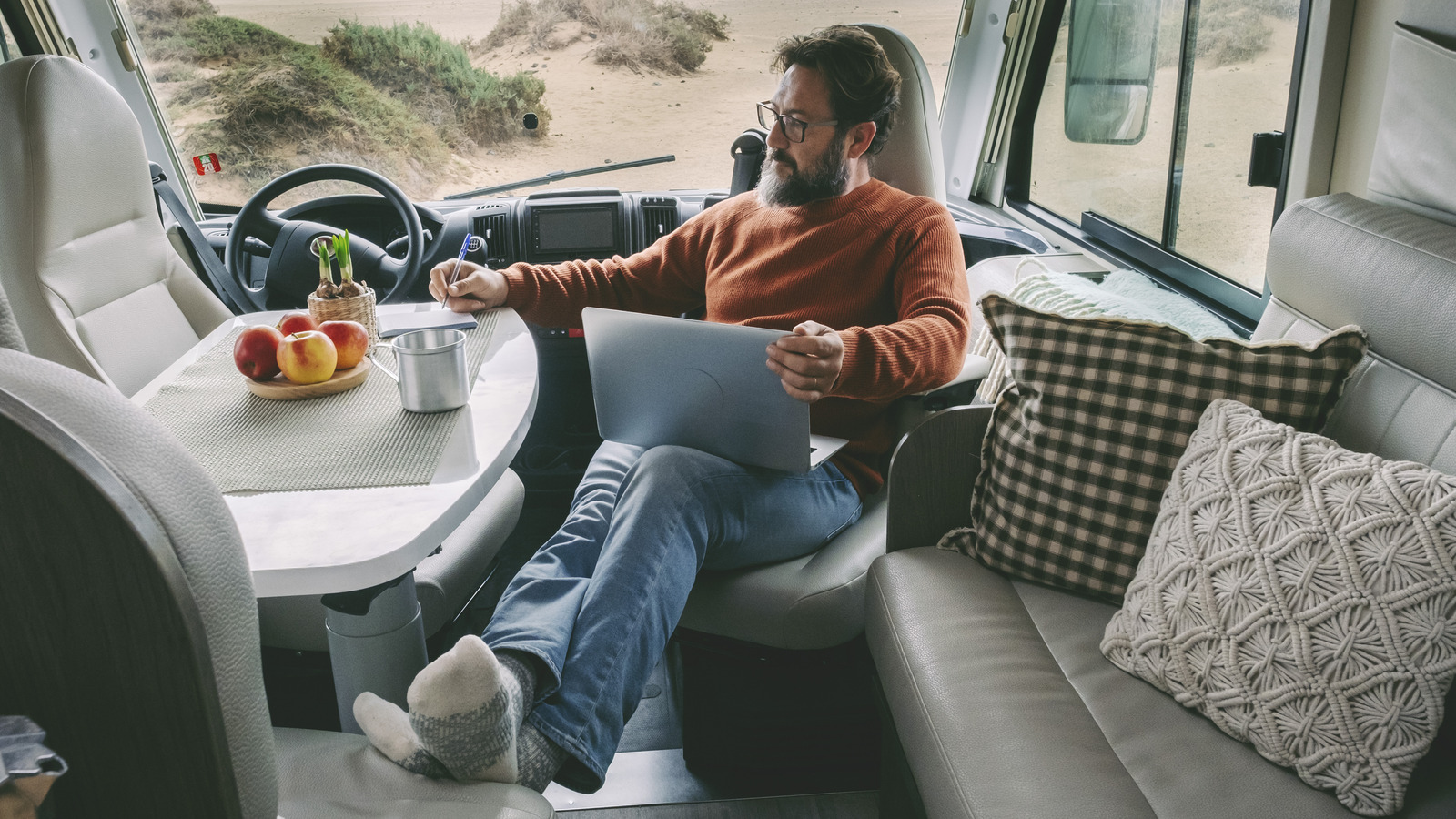
How To Choose The Right Size RV For Your Road Trip – Explore
Taking a road trip in a recreational vehicle (RV) can be a rewarding and exciting yet budget-friendly adventure. Whether you’re planning a cross-country odyssey, a summer-long glamping trip, a multi-city urban safari, or an off-the-grid boondocking excursion, an RV can open up a whole world of travel possibilities. However, choosing the right RV size is crucial.
The type of RV you choose, whether renting or buying, will depend largely on the type of adventures you prefer, your budget, and how many people the RV will accommodate. Getting to understand the different types of RVs is pretty straightforward, but you’ll need to consider the different tradeoffs between RV sizes when choosing one to best suit your needs.
For example, a Class A land blimp may be exceedingly luxurious, but finding places to land your behemoth may be difficult. On the other hand, a Class B camper van could offer ultimate flexibility, but a family of four may find it a “cramper.” To help you choose the ideal RV for your next road trip, we’ll cover different RV types and the adventures each size may best facilitate.
Along with RV class size, you’ll also need to decide if you’d prefer an RV you drive or an RV you tow. If you’d like something you can tow, which allows you to travel with your daily vehicle, then consider a travel trailer or fifth-wheel trailer. However, for this article, we’re focusing solely on the RVs you drive.
Optimal space with Class A
 Benkrut/Getty Images
Benkrut/Getty Images
If you’re someone who believes bigger is usually better, then a Class A RV may be your rig gig. A Class A motorhome is typically between 26 to 45 feet long and may weigh up to 30,000 pounds. These can range from relatively simple to million-dollar homes on wheels. Along with king-sized beds, multiple rooms, and a full kitchen, some even feature mobile garages that can store a car.
But more important than the luxury, which will depend on your budget, Class A RVs offer the most space, typically able to comfortably accommodate up to 10 passengers. However, depending on its size, you may need a commercial driver’s license (CDL) or a non-commercial driver’s license (NCDL). That said, most states will not require a special license if the motorhome is under 26,000 pounds. You’ll need to check your specific state’s laws. Fortunately, if your state doesn’t have any requirements, you won’t need to worry about driving through other states with requirements, as those states will go by your state’s laws.
While Class A RVs may offer the most luxury and space, you may be limited in where you can venture due to their size. Spots at popular RV parks that accommodate these types of RVs can be notoriously hard to reserve. Although you’ll typically be able to find something, parking considerations may dictate your travel plans. And if you’re renting, the learning curve to drive, maneuver, and park these vehicles can be steep.
Flexibility with Class C and Class B
 Pol Sole/Shutterstock
Pol Sole/Shutterstock
To make things confusing, Class C (not Class B) RVs are actually the next size down from Class A. Typically between 20 to 35 feet long, Class C motorhomes can usually fit between 4 to 8 people. Due to their blend of function and space, these are the more popular RVs, especially for renters. Most are built on a similar chassis as Ford E-Series vans, so if you’ve ever driven an SUV or van, you should be comfortable driving a Class C RV.
While you probably won’t be able to tow another vehicle with a Class C, you shouldn’t have issues finding overnight parking for your RV at parks and campgrounds. Class C RVs also come in a range of sizes, and smaller types may do perfectly fine off-road for boondocking (parking off the grid), depending on the terrain.
If you’re taking a solo or couple’s road trip, you may consider “van life.” Typically between 17 to 23 feet long, Class B RVs are camper vans that drive like a car. Offering the most flexibility, Class B RVs are welcomed practically everywhere. If a car can park in a space, then a Class B RV usually can too, meaning they’re ideal for urban exploration and usually capable of off-road adventures as well.
When considering what RV size is best for you, which will depend on your situation, bigger isn’t always better. In a Goldilocks situation, the best RV size typically blends comfort with flexible travel.





































































